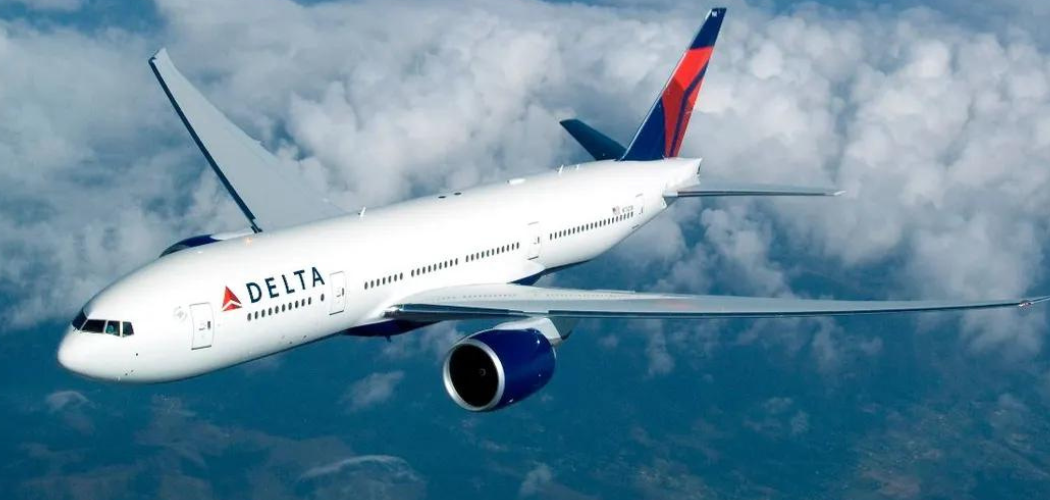Consumers might be adapting to permanently high prices, but not necessarily by paying them. Instead, they continue to seek lower-priced alternatives from brands and stores. Inflation is threatening to cost retailers their customer loyalty. These five loyalty-based practices can help bring them back.
By Jenn McMillen
Loyalty apparently does have a price. For many shoppers, that price might be $5.11.
That is what Americans are paying today, on average, for a package of chocolate chip cookies. The price reflects an inflation rate of nearly 8% per year since 2020, according to the U.S. Bureau of Labor Statistics.
Or, $5.11 is what people won’t pay, because they think that price is nuts.
Persistent high prices have forced many consumers to think twice about what goes into their shopping baskets, and not surprisingly, they have learned resourceful workarounds – up to 45% shoppers are now buying more of these goods compared with a year ago, according to a report by WSLStrategic Retail.
And this is exposing retail loyalty’s vulnerability at many chains.
If retailers and brands apply the same strategies that help loyalty programs succeed, from relevant analytics practices to exclusive offerings, they can prove value beyond price. The customer loyalty market remains strong, when you get right down to it, with an expected valued of $27.5 billion in 2023, ResearchandMarkets.com reports.
5 Invaluable Strategies Derived From Reward Program Practices
For context, the loyalty marketing industry is expected to continue growing at an annual rate of nearly 12% through to 2027, likely as organizations invest in finer-tuned technologies that improve the accuracy of their analytics. That far exceeds the rate of inflation.
However, loyalty initiatives won’t succeed if the gathered insights aren’t put to thoughtful and responsible use. This takes some fundamental engagement practices, of which data is the fuel. Here are five of the more reliable approaches, starting with the data.
- Use shopper insights to help them see you. Reward programs are ideal for gathering real-time data about shopper preferences and activities, but there are alternate ways retailers and brands can learn what is relevant to their customers. Some companies use emojis in their communications to improve engagement and measure emotional loyalty, simply by noting which customers respond. Requesting opt-in feedback, via online surveys or branded apps, as well as refer-a-friend promos, are scalable exercises that can reliably measure engagement. Any retailer that uses Square can upgrade its site so customers can post real-time ratings, comments and photos. Other feedback tools that are highly rated include Survicate and Confirmit.
- Have an experiential “loyalty day.” Good retail loyalty programs include recognition perks, such as VIP fashion shows and early-bird access to big sales. Members of Sephora’s Beauty Insiders, for example, can participate in virtual Q&As with major beauty brand experts. Other retailers can apply the same experiential strategy to customers, storewide, through customer events that thank them for sticking with the retailer through economic turbulence. The event can be gamified, by giving customers who download the retailer’s app secret discount codes when they enter the store. That discount can range from 10% off the entire basket or a buy one, get one free offer on whatever goods the particular retailer wants to move.
- Underscore the retailer’s exclusive perks. Loyalty initiatives succeed when their members recognize that the benefits they get are available only through that program. In retail, the exclusive perk can be a store’s in-house brands. Up to 45% more shoppers are now buying these goods compared with a year ago, according to a report by WSL Strategic Retail. Price is a key motivation, but so is innovation, quality and even improved packaging. Some shoppers might not even realize these brands are exclusive to a store, so retailers should showcase that. It would be money well-spent: Kroger CEO Rodney McMullen, talking to analysts recently, said the the supermarket chain’s family of private brands typically provide margins that are 600 to 800 basis points (6% to 8%) higher than national brands.
- Acknowledge that price pain is beyond tolerable. The purpose of loyalty programs is to reward repeat visits with something relevant – most commonly price cuts via rewards. Today, the need for price cuts is past relevant. Even before the pandemic, retail markups were rising, according to research by Harvard Business School. But the increase was not because it cost more to sell the goods. Rather, the costs of goods were declining and retailers didn’t lower prices. Some are now inching prices down (Aldi comes to mind). Those that do so should make sure their customers notice. Online retailer Overstock did something along these lines after acquiring Bed Bath & Beyond – it told active members of BB&B’s Welcome Rewards program that it would reinstate the points they had lost when BB&B filed for bankruptcy protection.
- Make delivery faster and free-er. Thanks to paid subscriptions, such as Amazon Prime, once-amazing perks like free and fast shipping are becoming a competitive requirement for all, with an emphasis on fast. Not only do most consumers seek free shipping, 62% of them expect their free shipping to arrive in less than three business days, Retail Dive reports. Three-day free delivery might not be feasible for all retailers, but if they can provide faster free shipping on bulk orders or overstocks (so they send fewer packages at once), they can manage inventory and click with customers. Another option is free, fast shipping during pre-scheduled times. The Florida chain ABC Fine Wine & Spirits, for example, offered free same-day deliveries for a limited time on orders placed on its new app, in March.
Loyalty Initiatives Were Designed To Add Value, So Learn From Them
Loyalty marketing, when practiced seriously and responsibly, rewards consumers with benefits that matter to them right at that moment. Retailers should take this moment, when prices are at record highs, to recognize the hard choices their customers are making.
It’s been said that a truly loyal customer will stick to a retailer regardless of price. But if other value factors of the trip – like caring about the customer – are obscured by high prices, that loyalty will rightfully come into question.
When the price of chocolate chips are up, it could mean the chips are down for customer retention.
This article originally appeared in Forbes.
Forbes.com retail contributor Jenn McMillen is nationally renowned as the architect of GameStop’s PowerUp Rewards, and is Founder and Chief Accelerant of Incendio, a firm that builds and fixes marketing, consumer engagement, loyalty and CRM programs. Incendio provides a nimble, flexible and technology-agnostic approach without the big-agency cost structure and is a trusted partner of some of the biggest brands in the U.S.





